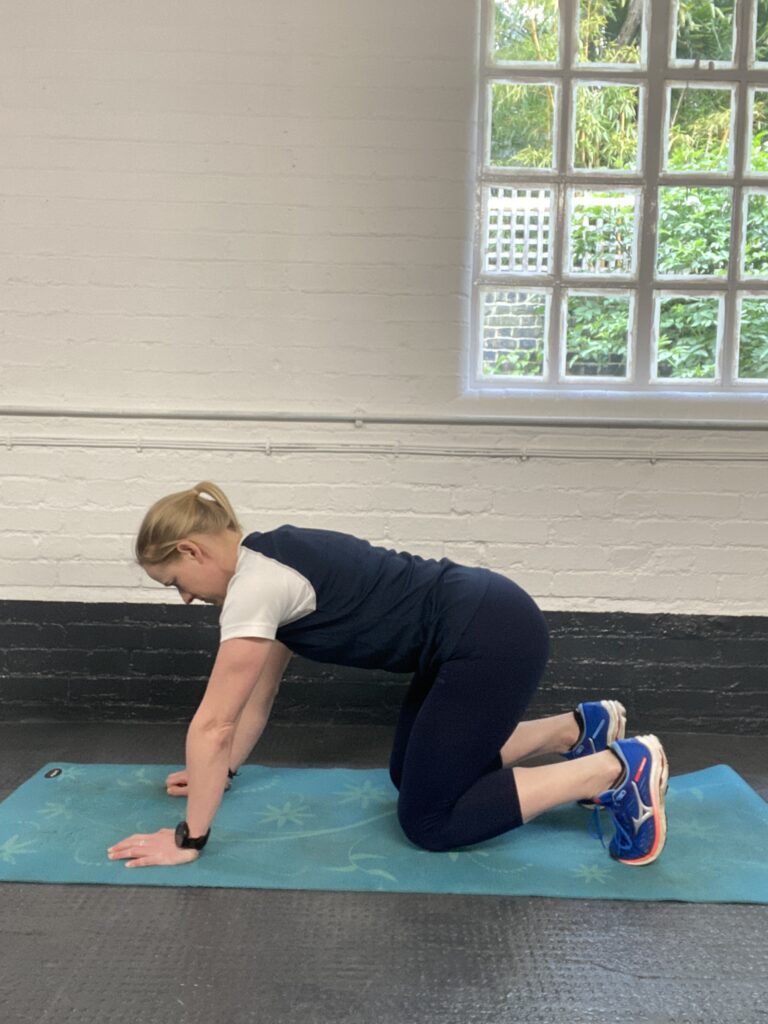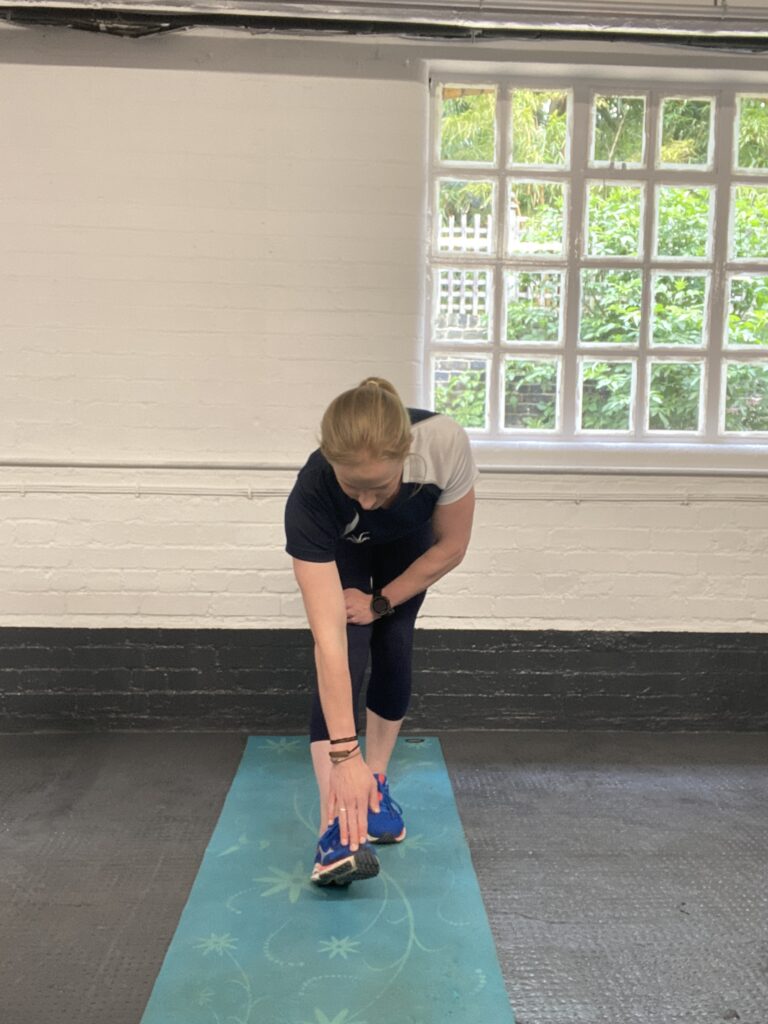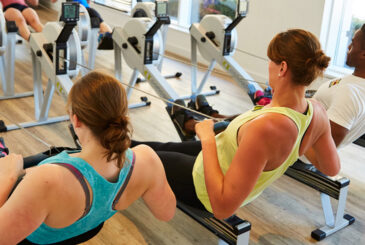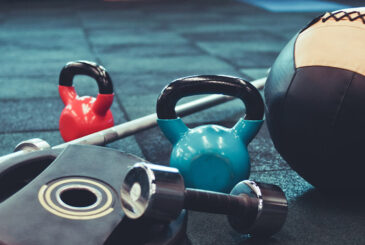If you have ever wondered what the difference between flexibility and mobility is, read on as David Howatson explains how important both are in training
Flexibility and mobility are among the most muddled facets of fitness. It is not uncommon to see these crucial elements be an afterthought when it comes to training. For those without the luxury of a coach it is easy to become befuddled by the world of static and dynamic stretches – when, how, why?!
Which is which?
Think of flexibility as the degree of extension or length a tissue is capable of. Right away we picture muscles but that includes all soft tissues – fascia, tendons, ligaments, and skin. Mobility is more related to the ability of our joints to move freely within their range of motion (ROM).
To be an athletic rower British Rowing suggests working on four key areas. The two listed below are relevant when discussing flexibility and mobility as they relate to the same concepts:
- Movement range – effective range of motion within key areas
- Movement control – effective posture, movement patterns, balance and coordination
Range and control are linked, so exercises which develop one area, if done correctly tend to develop the other.
Dynamic movement better prepares the body to row by hydrating and lubricating the joints as well as increasing blood flow and firing up the nervous system
We crave both
Our body needs a certain level of range and control to perform basic functions. Lacking in either aspect can have an adverse effect on how we move. How far these tissues will stretch and how well joints move is regulated by the nervous system. Recall that feeling of getting to the point in your stretch where something is about to go ping! That’s the nervous system screaming to say, “The hamstrings never need to go there…so stop it!”.
Before or afterwards?
Stretching a single muscle group in one direction has a miniscule and extremely temporary effect. Take a classic hip flexor stretch – on one knee, leaning forward until we feel a stretch in the front of the hip. That pose allows our hip to extend a little for a short period of time. Consider that hips also flex, adduct/abduct side to side and rotate internally and externally. That old hip flexor stretch has equipped us for none of the above.
Dynamic movement better prepares the body to row by hydrating and lubricating the joints as well as increasing blood flow and firing up the nervous system. During our cooldown, those more basic stretches coupled with gentle movement will be of benefit – namely a safe return to a normal heart rate and ROM.
A lack of mobility around the ankles, hips and thoracic spine will greatly affect rowing performance. However, bear in mind that when rowing the feet are in an unnatural position. If you lay flat on your back and completely relax, you’ll see your feet turn out, externally rotated from the hip. When standing the feet are unlikely to be symmetrical and you may see external rotation again. In the footplates of a rowing machine the hips are being asked to rotate the feet to a place they may not wish to be.
Drills to include before your indoor rowing session
Here are some quick drills you can add to your current workout to target certain problem areas. These exercises are based on activation, flexibility, and mobility:
Thoracic Plank: start on all fours in a table position before raising your knees off the ground. Now in that plank, with knees bent, ease the body horizontally forward and back. Next drive the body side to side feeling the load shift into each shoulder. Finally twist the hips allowing the outside of one knee to touch the floor as you rotate then repeat with the other knee. 10 seconds per move for a minute in total will switch the shoulders on.

Thoracic plank 
Thoracic plank leant forward 
Thoracic plank leant back

Thoracic plank twist 
Thoracic plank twist
Hamstrings: begin with a traditional single leg stretch with one foot forward, hands reaching toward the toes. After two to three reps turn the foot to point the toes outwards, reach again then repeat with the toes turned inward. Finally, back to the traditional position but this time hold at the bottom and slowly sway the hips side to side. Aim for 30-45 seconds per leg.

Hamstring stretch 
Toes turned out 
Toes turned in
Bodyweight Squat Pattern: Squatting in different foot patterns will help to open the hips as well as prep the legs for rowing. Start with a normal squat then adjust from that position. Complete three rounds of three to four reps each with the arms outstretched at chest level:

1. Normal squat 
2. Left foot forward 
3. Right foot forward

4. Wide squat 
5. Narrow squat

6. Squat with feet turned out 
7. Squat with feet turned in
Note that you may have limited movement with the final squat variation so turn the toes in just slightly and squat shallow. This pattern is tricky but hits the rotation needed to row more comfortably. Remember that ROM, mobility, and flexibility are specific to each individual. Work within your capability and please don’t make the nervous system scream.

























